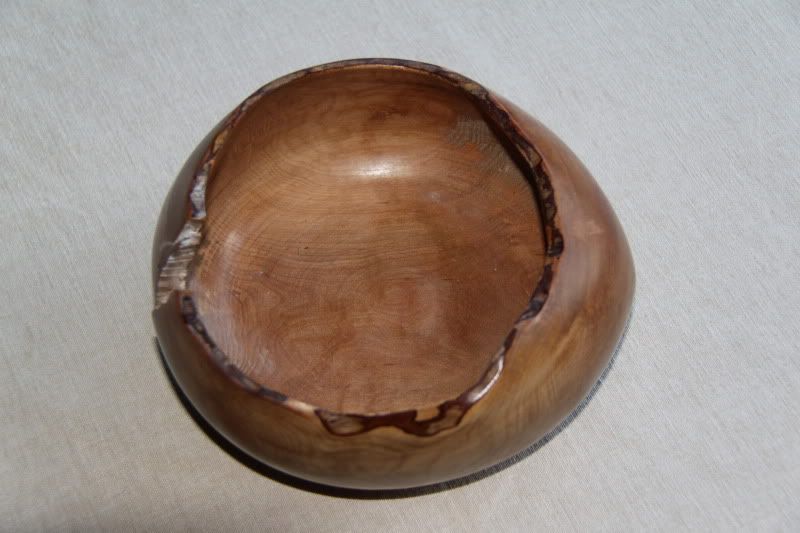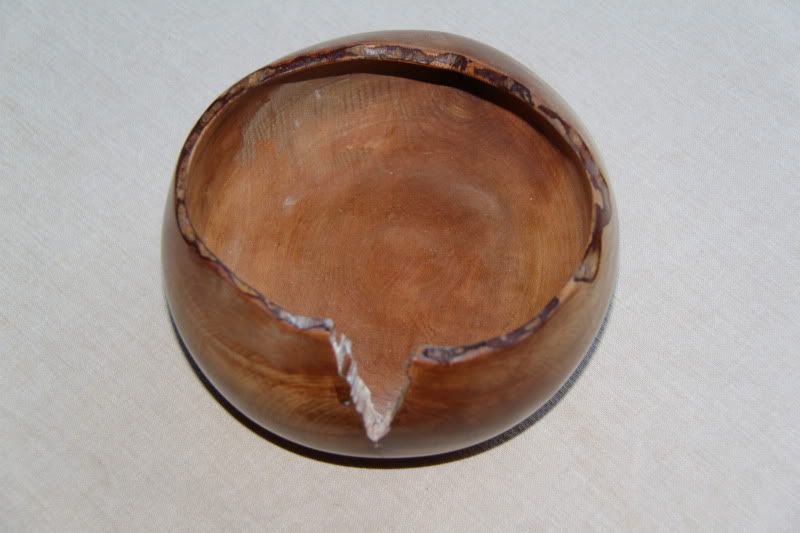leonard-on-his-bike
Member
Thanks to the incredible help I got from this forum from my previous post, my friend and I are now the proud owners of a supernova2 chuck for our Tyme avon lathe. We are yet to use it as we're being sensible and finishing off a new workbench first. Focus focus focus.
We want to get practising ASAP, but I first wanted to ask about turning green wood. Firstly because it's cheaper, more readily available and more interesting. But the most important aspect of it for me is that I enjoy searching for wood and knowing where it came from. The act of buying blanks doesn't excite me as much as using logs that I have collected.
Also, I am interested in the odd outcomes that may come about from drying, the warping and shrinking could come out with interesting results, less uniform and symmetrical. This question is aimed at turning bowls mainly.
What is your advice for turning green wood?
How would you let it dry?
Would some woods be better than others?
How long would you let it dry for before coating and finishing?
Look forward to your responses.
Thanks
We want to get practising ASAP, but I first wanted to ask about turning green wood. Firstly because it's cheaper, more readily available and more interesting. But the most important aspect of it for me is that I enjoy searching for wood and knowing where it came from. The act of buying blanks doesn't excite me as much as using logs that I have collected.
Also, I am interested in the odd outcomes that may come about from drying, the warping and shrinking could come out with interesting results, less uniform and symmetrical. This question is aimed at turning bowls mainly.
What is your advice for turning green wood?
How would you let it dry?
Would some woods be better than others?
How long would you let it dry for before coating and finishing?
Look forward to your responses.
Thanks


































